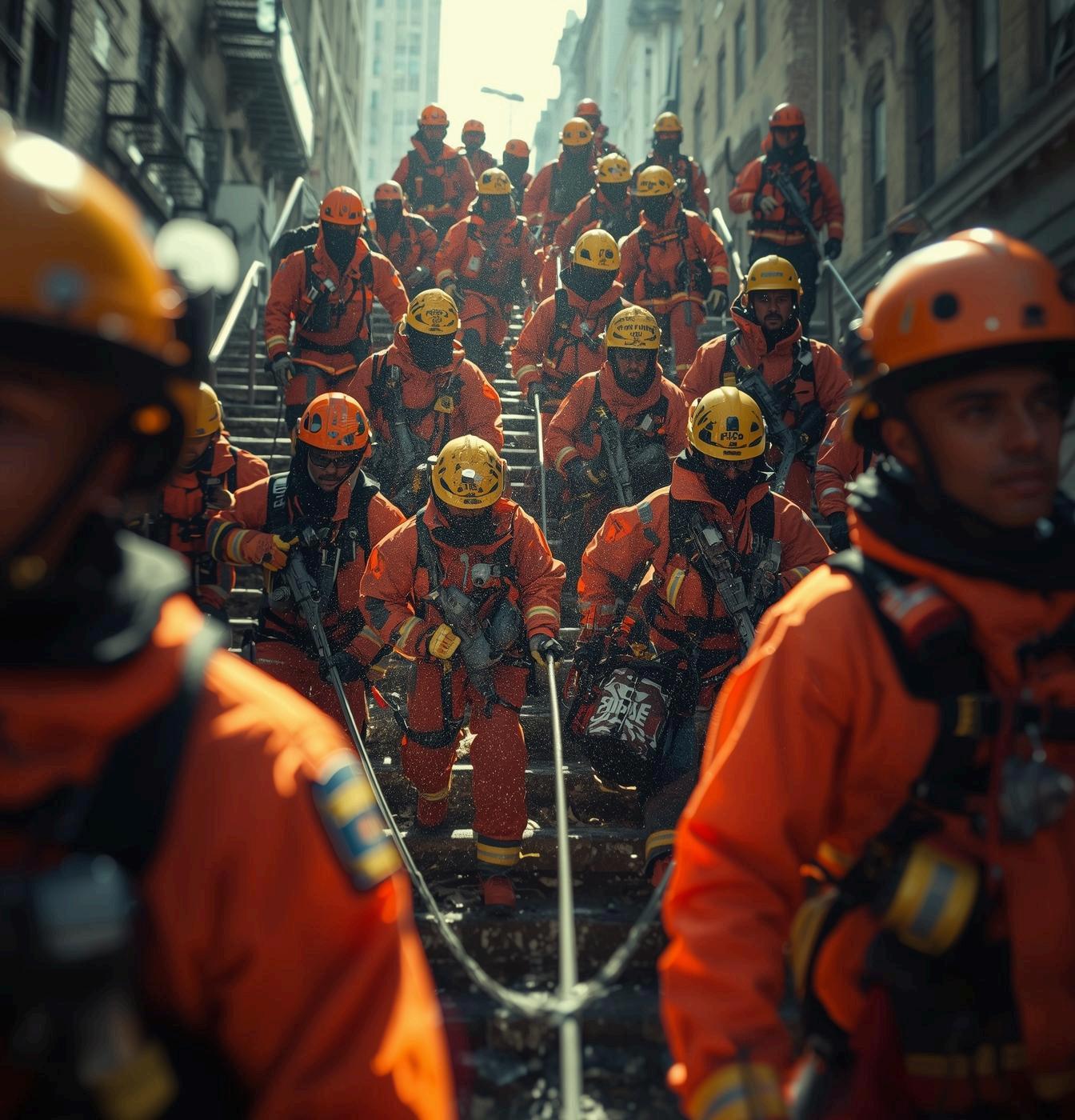
Miguel Ferrer
Through Search and Rescue Training Addressing Urban Health Disparities
In every city, you see the contrast—wealth and resources on one block, poverty and limited access to care on the next. When disaster strikes, those gaps don’t just stay the same; they widen. Vulnerable populations are often hit hardest, and it’s the responsibility of Urban Search and Rescue (USAR) teams—especially medical specialists—to close that gap. That doesn’t happen by chance. It happens through training.
Health disparities in urban areas are driven by poverty, overcrowded housing, limited healthcare, and aging infrastructure. During disasters, these challenges multiply. A collapsed apartment complex in an underserved neighborhood, for example, is not just about extrication—it’s about managing delayed medical care, lack of resources, and the reality that the people you’re helping may already be living on the margins.
This is where SAR medical specialists step in. We’re often the first line of care, and our ability to deliver equitable treatment starts with how we train.
Comprehensive training has to prepare us to recognize the challenges that come with health disparities and still deliver the same level of care to every patient, no matter their background.
A cornerstone of that training is cultural competence. Cities are diverse. That means language barriers, different customs, and sometimes mistrust of institutions. If you can’t connect with people, you can’t care for them. Training scenarios should reflect this reality, giving medical specialists practice in breaking down barriers, earning trust, and providing care that respects the community they’re serving.
Another critical piece is understanding social determinants of health. It’s not enough to treat an injury if the underlying problem—like unmanaged chronic illness due to lack of access to medication—is ignored. Recognizing those factors helps us make smarter decisions in treatment and follow-up, even in the middle of a disaster response.
SAR training also builds adaptability and resourcefulness. In underserved areas, the local medical system may already be stretched thin. Outdated facilities, limited transport, or scarce supplies are common. Specialists have to be trained to work with what’s available, make tough calls, and still prioritize care effectively.
None of this happens in isolation. Partnerships with community organizations —local nonprofits, healthcare providers, and government agencies—are critical. When SAR teams connect with existing community networks, the response is stronger, faster, and more effective. Training should reinforce how to build and leverage those relationships in the field. Technology is another game-changer. Telemedicine and portable medical tools allow us to extend care beyond the resources on hand. A medic in the field can consult a specialist states away. That kind of capability ensures better outcomes for patients who might otherwise fall through the cracks.
We’ve seen the results. During Hurricane Harvey in 2017, teams trained to work with diverse, urban communities provided care that was not just lifesaving—it was culturally sensitive. That built trust, which is just as important as treatment when a community is in crisis. At the core of all this are the instructors and leaders shaping these training programs. Their experience sets the tone. By emphasizing cultural competence, adaptability, and collaboration, they prepare medical specialists to serve every community equitably, not just the ones with the most resources. Looking forward, the focus on health equity in SAR training will only grow. Cities are becoming more diverse, more crowded, and more connected. Our training must evolve with them—adapting strategies, using new technology, and continuing to push for inclusive, patient-centered care. Ultimately, this work isn’t just about preparedness. It’s about equity. It’s about justice. And it’s about making sure that when disaster strikes, no one gets left behind.
